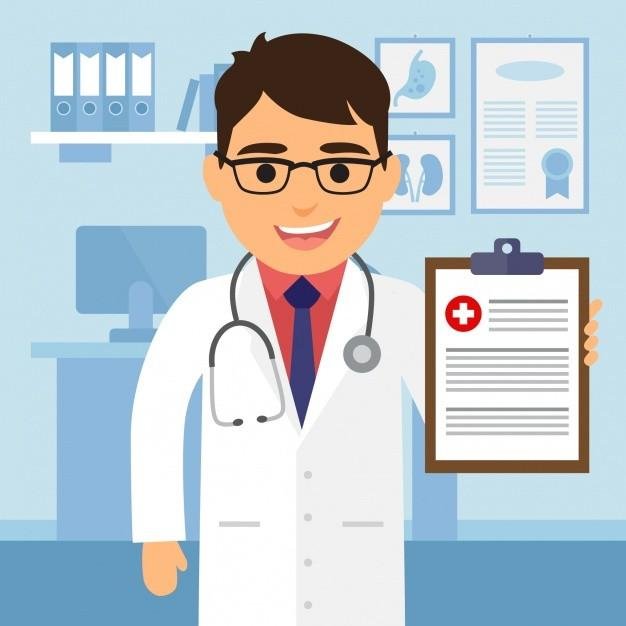Know what your doctor is doing part two-Hypertension management (management of the arising)

Hello steemit. Today I am back with a very serious topic- Hypertension. In today's world, people are suffering badly due to this but many of us take it granted.
So here is a try to write about its possible complications and treatment plans.
Lets start.
Hypertension is among the most common problems encountered bu the primary care practitioner. It normallg affects upto 25% of the adult Americans. In the past two decades widespread educational efforts have increased public awareness of this easily diagnosed but usually asymptomatic disease. Nonetheless, hypertension remains a fruitful area for intervention because of the reduction in potential cardiovascular morbidity attained by appropriate management.
Pathogenesis
Hypertension is often defined as an average diastolic blood pressure >90mm Hg or systolic blood pressure >140 mm Hg measured on at least three separate occasions. Many different classification of the hypertension exists. Some systems attempt to incorporate relative cardiovascular risk which rises incrementally with elevations of either diastolic or systolic blood pressures while others correct for the elevations of blood pressure occuring with age.
Hypertension is more common in men,at all ages. Systolic and diastolic hypertension become increasingly prevalent with advancing age. Hypertension occurs more often in patients with a positive family history and is strongly associated with obesity. The risk of cardiovascular morbidity associated with hypertension increases with degree of blood pressure elevation and other associated cardiovascular risk factors. These factors include early age at diagnosis, male sex, black race, cigarette smoking, elevated serum cholesterol, glucose intolerance, obesity and family history.
The cause of hypertension is unknown in 90-95% of cases, hence the term essential or primary hypertension, and the onset of primary hypertension is usually 30-50 years of age. Secondary hypertension results from abnormalities of organ systems, the most common of these is renal parenchymal disease, followed by renovascular disease constitute 3-9% of cases. Other causes are pregnancy, oral contraceptives, adrenal disorders, and coarctation of the aorta.
Diagnosis
The process of diagnosis and evaluation of hypertension should assess possible causes of secondady hypertension, end organ damage, concomitant cardiovascular risk and factord affecting therapy.
- Physical Examination
A complete physical examination is performed. Blood pressure is measured. If coarctation is suspected, blood pressure should also be measured in thigh. Carotid pulses, bruits, thyroid size and nodules should be noted. Left ventricular lift, gallops or frank congestive failure may be the result of hypertrophic cardiomyopathy. The presence of an abdominal or flank bruit is the clinical feature most predictive of renovascular hypertension. A radial femoral delay is suggestive of coarctation, and decreased or absent peripheral pulses may result from advanced atheromatous disease.
- Laboratory Studies
Routine laboratory studies are useful in all hypertension problems. Urinalysis, creatinine study, potassium study, cholesterol, glucose, ECG and chest x-ray should be done. An echocardiogram, although not routine, may be useful if clinically indicated. If these tests suggests a secondary cause of hypertension, a more extensive workup is required.
General treatment for hypertension
The goal of antihypertensive therapy is to protect patients against adverse cardiovascular risks without decreasing the quality of life.
Commonly used antihypertensive agents are-
Thiazides
Hydrochlorothiazide
Metolazone
Bumetanide(Bumex)
Spironolactone (aldactone)
Amiloride(midamor)
Labetalol etc.
Nonpharmacologic therapy of hypertension
Alcohol reduction (below 3 drinks per day)
cigeratte smoking reduction. It will help to reduce associated cardiovascular risk
weight reduction, as it reduces blood pressure.
exercise may help reduce blood pressure, reduce obesity, and improve lipid profile.
Complications of hypertension therapy
Significant morbidity results from drug therapy. Medication side effects may markedly reduce patient compliance and motivation, and recognition presents a major difficulty for clinicians. Often they are subtle and maybe attributed to an underlying disease process. Sexual dysfunction, fatigue or malaise, agitation disorientation, decreased concentration, orthostatic symptoms and others.
They can be cured with medications.
Hello Friends, How Are You
Thank You Friend nice To Meet You
the Best And amazing.
Nice To Meet You All #steemians
My Name Ary, Account name @oktaviani Am Coming From Aceh Sumatra National Liberation Front (ASNLF)
I Say Welcome And Happy To You Here #steemit or#eSteem.
Vote @good-karma As Our Witness.
Do not Forget Follow Me Also @oktaviani
I would like to express my gratitude.
Worth reading. :)
Thanks much